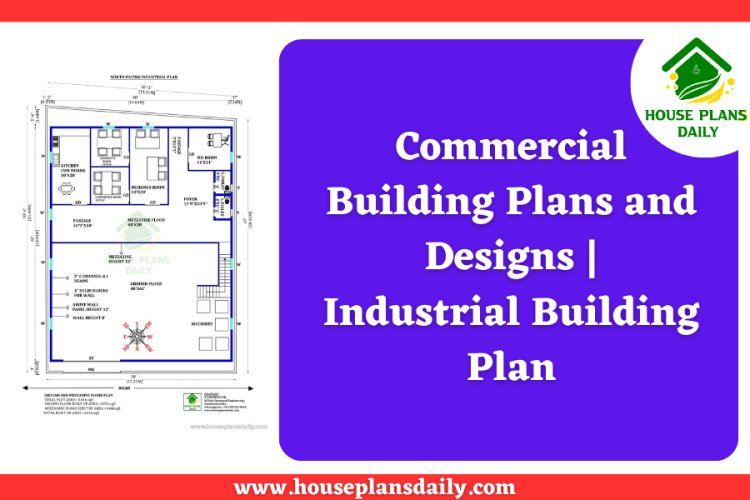Commercial Building Plans and Designs | Industrial Building Plan
Commercial Building Plans and Designs are described in this article. The foundation, plinth beam, mezzanine floor, roof truss layout details are provided here in this article.
Commercial Building Plans and Designs | Industrial Building Plan
Are you ready to create a commercial building that not only looks stunning but also functions flawlessly? Look no further. In this comprehensive guide, we will walk you through the process of designing a commercial building that strikes the perfect balance between aesthetics and functionality. From conceptualization to construction, every step of the way will be covered in detail.
Our brand voice is focused on delivering practical and actionable advice to our readers. With that in mind, we will explore the key factors to consider when designing a commercial building, such as layout optimization, energy efficiency, and material selection. We will delve into the importance of creating a welcoming and inspiring atmosphere for employees and visitors alike, all while ensuring that the building is equipped with the necessary amenities and infrastructure to support business operations.

Whether you are a commercial property owner, an architect, or a business owner looking to design your own space, this guide is packed with valuable insights and expert tips to help you create a commercial building that is not only visually appealing but also functional and efficient. Get ready to bring your vision to life and make a lasting impression with an exceptional commercial building.
A commercial plans building is more than just a structure; it is a reflection of a business's brand and values. A well-designed commercial building can attract customers, foster a productive work environment, and enhance the overall experience for employees and visitors. When it comes to designing a commercial building, it is crucial to strike the right balance between functionality and aesthetics.
A functional design ensures that the building meets the needs of its occupants and supports their daily activities. It involves careful consideration of the layout, circulation, and spatial organization to optimize workflow and efficiency. On the other hand, an aesthetic design creates a visually appealing and memorable space that leaves a lasting impression on everyone who enters. It involves the selection of materials, colors, textures, and finishes that align with the brand identity and create a cohesive and harmonious environment.
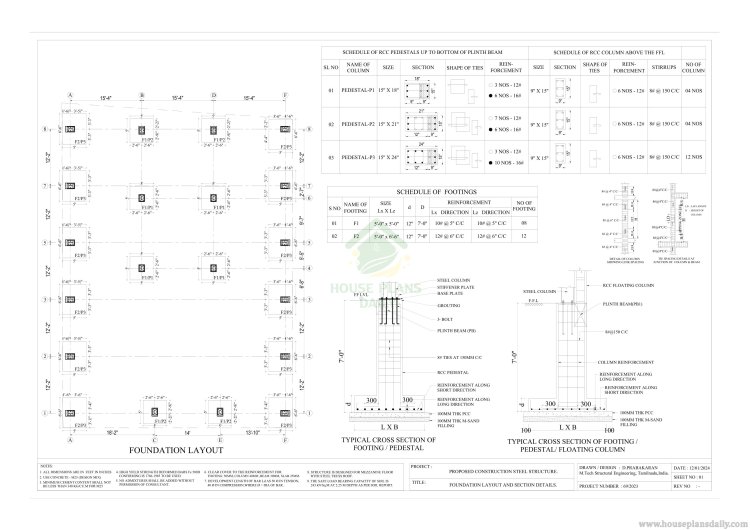
Achieving a successful balance between functionality and aesthetics requires a deep understanding of the business's objectives, target audience, and industry trends. By considering these factors, architects and designers can create commercial buildings that not only meet the practical requirements but also elevate the overall experience for everyone who interacts with the space.
Designing a commercial buildings plan is a complex process that involves careful planning and consideration of various factors. To ensure the success of your project, it is essential to take into account the following key factors:
1. Layout Optimization
The layout of a commercial building plays a crucial role in its functionality. It determines how spaces are organized, how people move within the building, and how different areas interact with each other. An optimized layout maximizes the use of space, minimizes unnecessary circulation, and creates a seamless flow between different zones.
When designing the layout, it is important to consider the specific needs of the business and its employees. For example, an open-plan layout promotes collaboration and communication, while private offices provide privacy for focused work. Understanding the workflow and daily activities of the occupants will help create a layout that supports their needs and enhances productivity.

2. Energy Efficiency
In today's environmentally conscious world, energy efficiency is a key consideration in commercial plan of a building design. By incorporating energy-efficient features and systems, businesses can reduce their carbon footprint, lower operating costs, and create a healthier and more sustainable environment.
There are several ways to improve energy efficiency in commercial buildings. Insulation, efficient lighting systems, smart HVAC controls, and renewable energy sources are just a few examples. By incorporating these elements into the design, architects can create buildings that consume less energy and provide a comfortable and healthy indoor environment.

3. Material Selection
The choice of materials used in a commercial plan of building has a significant impact on both its aesthetics and functionality. The selection of materials should be based on their durability, maintenance requirements, environmental impact, and ability to contribute to the desired aesthetic.
For example, using sustainable and recycled materials not only reduces the environmental impact but also adds a unique and eco-friendly touch to the design. Similarly, selecting materials with low maintenance requirements can help reduce long-term costs and ensure the building remains in good condition for years to come.
By carefully considering the factors mentioned above, architects and designers can create commercial buildings that are not only visually stunning but also functional, efficient, and sustainable.

Architecture plays a critical role in the design of commercial small building plan. It goes beyond aesthetics and encompasses the overall planning, design, and construction of the building. Architects are responsible for translating the client's vision into a physical space that meets their needs and exceeds their expectations.
One of the primary goals of architecture in commercial building design is to create a space that is both functional and aesthetically pleasing. Architects achieve this by considering the specific needs of the business, the site conditions, and the surrounding environment. They carefully analyze the program requirements, zoning regulations, and building codes to ensure compliance and maximize the potential of the site.

Architects also play a crucial role in incorporating sustainable design principles into commercial building designs. They consider factors such as energy efficiency, water conservation, and materials selection to minimize the environmental impact of the building. By integrating sustainable design strategies, architects can create buildings that are not only visually appealing but also contribute to a more sustainable future.
In addition to the technical aspects of design, architects also focus on creating a unique and inspiring atmosphere within commercial buildings. They use their creativity and expertise to design spaces that evoke emotions, engage the senses, and leave a lasting impression on occupants and visitors. From the selection of materials and finishes to the arrangement of spaces and lighting design, architects carefully craft every aspect of the building to create a cohesive and harmonious environment.

Overall, the role of architecture in commercial building design is to bring together functionality, aesthetics, and sustainability to create exceptional spaces that meet the needs of businesses and elevate the human experience.
Creating a functional and aesthetic commercial building requires a thoughtful approach and adherence to key design principles. These principles serve as guidelines to ensure that the building not only looks visually appealing but also functions seamlessly. Here are some key principles to consider:
### 1. Balance
Balance is a fundamental principle in design that involves the distribution of visual weight within a space. It ensures that no single element overpowers the others and creates a sense of equilibrium. In design for commercial building, balance can be achieved through the careful arrangement of furniture, lighting fixtures, and architectural elements.
Symmetrical balance, where elements are mirrored on either side of a central axis, creates a sense of formal and traditional aesthetics. On the other hand, asymmetrical balance, where elements are arranged in an off-center and more dynamic manner, creates a sense of informality and creativity. The choice of balance depends on the desired atmosphere and brand identity of the business.
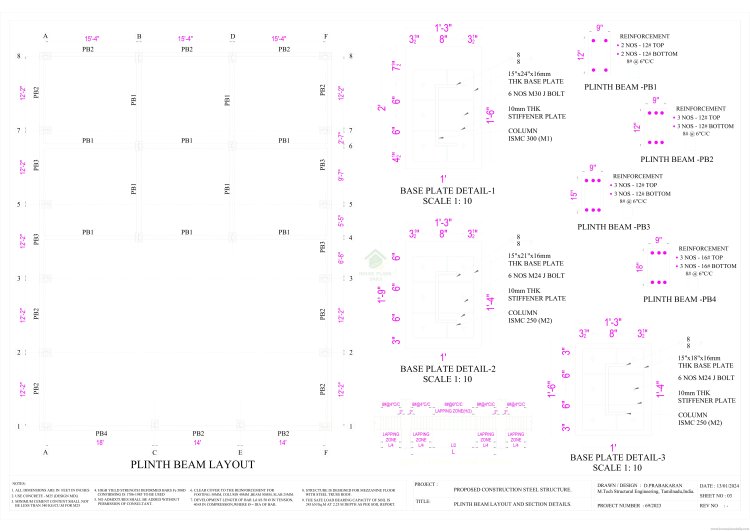
### 2. Proportion and Scale
Proportion and scale refer to the relationships between different elements within a space. They determine how these elements relate to each other and to the overall space. In commercial building design, proportion and scale are crucial in creating a sense of harmony and ensuring that the building feels comfortable and inviting.
The use of proper proportions and scales can create a visual hierarchy, guiding the eye towards key focal points and creating a sense of depth and dimension. For example, larger elements can be used to draw attention to important areas, while smaller elements can be used to create visual interest and balance.

### 3. Functionality and Ergonomics
Functionality and ergonomics are essential considerations in commercial building design. The layout, circulation, and arrangement of spaces should be carefully planned to optimize workflow, efficiency, and user comfort. The design should take into account the specific needs of the business, the activities that will take place within the building, and the comfort and safety of the occupants.
Ergonomics, which is the study of how people interact with their environment, plays a crucial role in ensuring that the building is user-friendly and promotes productivity. Key considerations include the arrangement of furniture, lighting design, acoustics, and the use of materials that are comfortable and safe to use.

By adhering to these key principles, architects and designers can create commercial buildings that are not only visually appealing but also function seamlessly and enhance the overall experience for occupants and visitors.
Technology has revolutionized the way design a commercial building are designed, constructed, and operated. From the use of advanced modeling and visualization tools to the integration of smart building systems, technology has enabled architects and designers to push the boundaries of what is possible in commercial building design. Here are some key ways technology has impacted commercial building design:
### 1. Building Information Modeling (BIM)
Building Information Modeling (BIM) is a digital representation of the physical and functional characteristics of a building. It allows architects, engineers, and contractors to collaborate and coordinate their efforts throughout the design and construction process. BIM enables the creation of accurate 3D models that help visualize the building and identify potential clashes or conflicts before construction begins.
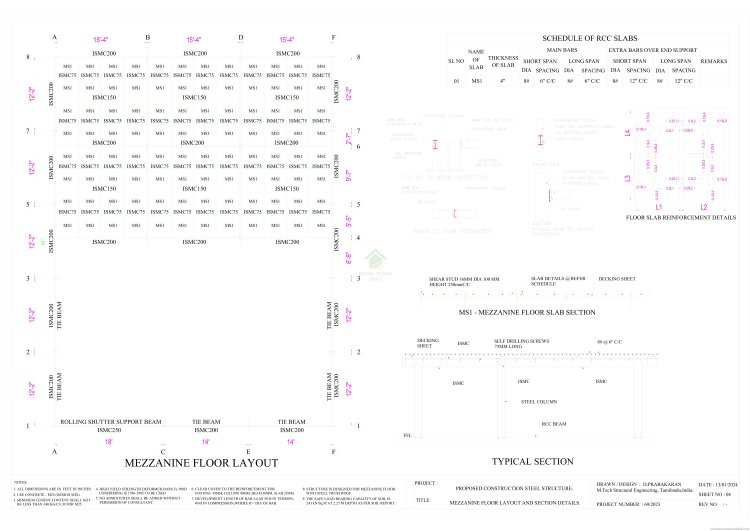
By using BIM, architects can streamline the design process, improve communication between stakeholders, and reduce errors and rework. BIM also allows for better coordination of building systems, such as HVAC, plumbing, and electrical, resulting in more efficient and optimized designs.
### 2. Smart Building Systems
Smart building systems use technology to monitor, control, and optimize various building functions, such as lighting, HVAC, security, and energy management. These systems collect data from sensors and devices throughout the building and use algorithms to make intelligent decisions that improve energy efficiency, occupant comfort, and operational performance.
For example, smart lighting systems can automatically adjust the intensity and color temperature of lights based on occupancy and daylight levels, reducing energy consumption and creating a comfortable and productive environment. Similarly, smart HVAC systems can adjust temperature and airflow based on occupancy patterns and weather conditions, optimizing energy consumption while maintaining comfort.
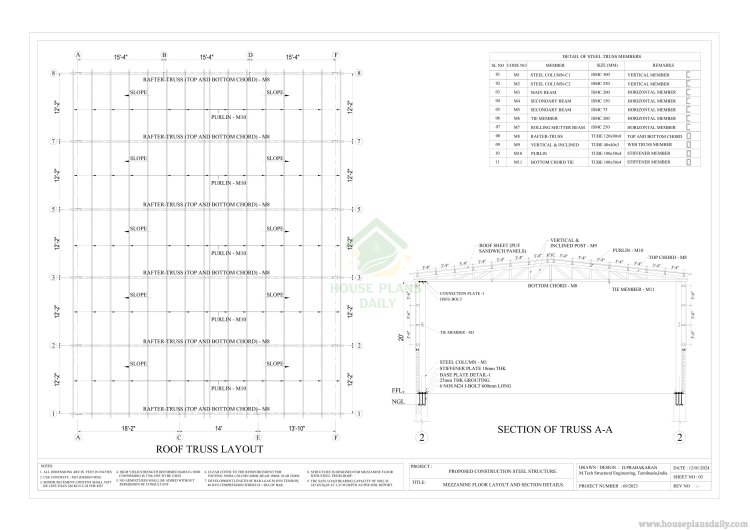
### 3. Virtual Reality (VR) and Augmented Reality (AR)
Virtual Reality (VR) and Augmented Reality (AR) technologies have transformed the way architects and designers communicate their ideas to clients and stakeholders. VR allows users to immerse themselves in a virtual environment and experience the design as if they were physically present. AR overlays digital information onto the real-world environment, providing a more interactive and dynamic visualization of the design.
By using VR and AR, architects can effectively communicate their design intent, identify potential issues, and gather feedback from clients and stakeholders. These technologies enable a more collaborative and iterative design process, resulting in better-informed decisions and improved outcomes.

To gain a deeper understanding of how functional and aesthetic design principles can be applied in designing commercial buildings design, let's explore some real-life case studies:
### 1. Apple Park, Cupertino, California
Apple Park, also known as the "Spaceship Campus," is a prime example of a functional and aesthetic commercial building design. Designed by renowned architect Norman Foster, the campus features a circular design with a vast landscaped central courtyard. The layout promotes collaboration and communication, with the open-plan offices and shared spaces arranged around the central atrium.
The building incorporates sustainable design principles, such as solar panels, natural ventilation, and extensive green spaces. The use of curved glass walls and seamless integration with nature creates a visually stunning and inspiring environment. Apple Park demonstrates how a well-designed commercial building can reflect a brand's values, foster creativity, and provide a comfortable and productive work environment.
### 2. The Edge, Amsterdam, Netherlands
The Edge, located in Amsterdam, is considered one of the most innovative and sustainable commercial buildings in the world. Designed by PLP Architecture and built by OVG Real Estate, The Edge sets new standards for energy efficiency and workplace design. The building features a smart lighting system that adjusts based on occupancy and daylight levels, reducing energy consumption by up to 70%.
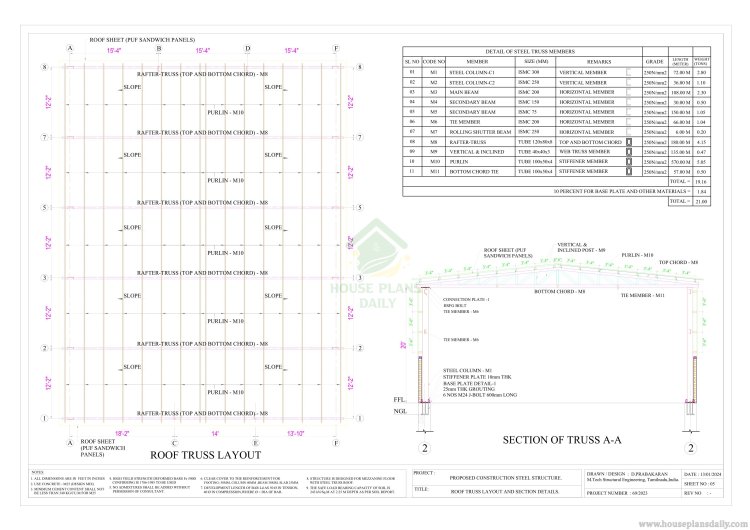
The Edge also incorporates advanced technologies, such as a smartphone app that allows employees to control their workspace settings and find available meeting rooms. The building's design prioritizes employee well-being, with features such as adjustable desks, natural light, and indoor greenery. The Edge showcases how technology and sustainability can be seamlessly integrated into a commercial building design, creating a modern and efficient workspace.
Designing ground plan of a commercial building requires a significant investment, and it is important to carefully consider the costs involved. Here are some key cost considerations to keep in mind:
1. Budget Planning: Before starting the design process, establish a realistic budget for your project. This will help you prioritize your requirements and make informed decisions throughout the design phase. Consider factors such as construction costs, professional fees, permits, and contingency funds.
2. Material Selection: The choice of materials can significantly impact both the aesthetics and the cost of your commercial building. While high-end materials may enhance the visual appeal, they can also be more expensive. Balancing aesthetics and cost-effectiveness is essential. Consider alternative materials that offer similar aesthetics but at a lower price point.
3. Energy Efficiency: Investing in energy-efficient systems and technologies can lead to long-term cost savings. Consider incorporating features such as solar panels, LED lighting, and efficient HVAC systems. While these may involve higher upfront costs, the savings in energy bills over the building's lifespan can offset the initial investment.
4. Maintenance and Operating Costs: It's important to consider the long-term maintenance and operating costs of your commercial building. Opt for durable materials that require minimal upkeep. Additionally, choose energy-efficient systems that reduce utility costs. These considerations will help you save money in the long run.
5. Value Engineering: Value engineering involves finding cost-effective alternatives without compromising quality or functionality. Engage with your design team to explore ways to optimize costs while still achieving your design goals. This may involve making adjustments to the layout, material choices, or construction methods.
By carefully considering cost factors throughout the design process, you can ensure that your commercial building is both aesthetically pleasing and financially viable.
Designing a functional and aesthetic commercial building requires careful planning and attention to detail. By hiring the right professionals and considering cost factors, you can bring your vision to life and create a space that leaves a lasting impression on employees, visitors, and clients.
Remember to collaborate closely with your design team, communicate your requirements clearly, and stay involved throughout the entire process. Regularly review the progress and make any necessary adjustments to ensure that the final design aligns with your goals and objectives.
With this comprehensive guide, you now have the knowledge and insights to embark on your commercial building design journey. Create a space that not only reflects your brand identity but also provides a comfortable and inspiring environment for all who enter. Design a commercial building that stands out from the rest and showcases your commitment to excellence.
Download the industrial building plans pdf and dwg files for free

Download and obtain high-quality pdf files, images in jpeg format, and Autocad drawing dwg format of this front design of the house for free. Thank you for spending your valuable time visiting our website and citing this article. Kindly refer to more articles for gaining more ideas regarding house plans and designs in each direction. Contact us for customized house plans, interior designs, and elevation designs.

